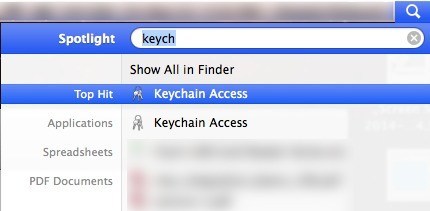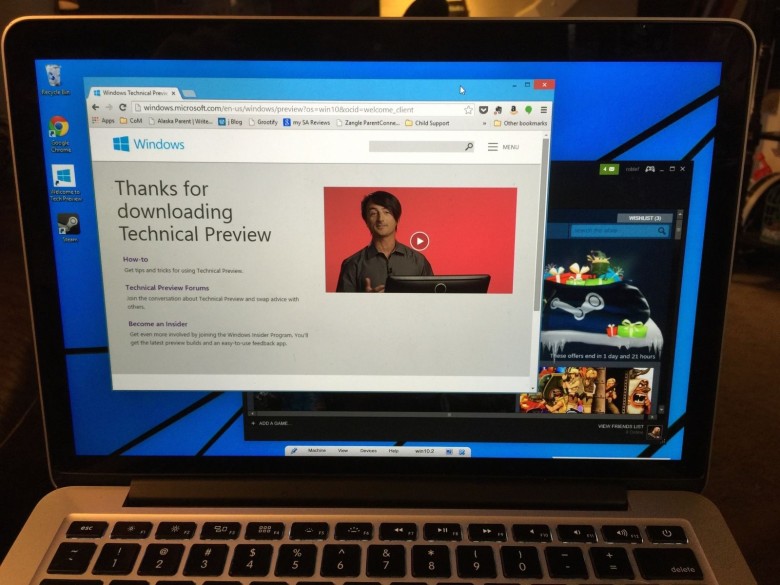Name Of Program That Maages Wireless Network For Mac Os X
We use a RADIUS server for user authentication onto the wireless network. All has been well until I discovered today that when an Apple Mac (iMacs, MacBooks, etc) running on macOS/OS X is connected to the network using WiFi only, it’s unable to connect to any shared drives or printers. Mar 10, 2014 Chances are that if you use a modern Mac system, especially a portable system, you will regularly be accessing at least one Wi-Fi network for connecting to. For most people, the Mac's OS X is all about the graphical user interface. But system administrators and power users know that the Mac's command-line interface can be a powerful time saver and, in. On OS X you can manage your wireless networks; that is drag them to set preferred order, delete ones you don't want any more, etc. The only problem is that there is a tiny window which only shows ~4 networks at a time.
I am trying to ID the wireless card on my MBP. How do I find this information? I've trying looking on EveryMac, but to no avail. How do I find this info?
daviesgeekdaviesgeek3 Answers
Under the Network Heading, click Wi-Fi, and find Interfaces: on the right side of the window. You will find your card type, firmware version, MAC address, etc.
The route for older MacBook Pro running OSX 10.5, 10.6..
Scroll down to:'Interfaces'en1'Card Type'
Best technical drawing program for mac. The choice of which among the following technical drawing programs to use, however, is only and only up to you, based on what are your actual needs and preferences. I, for my part, can not help but indicate to which ones you use a given software can be more.
nohillside♦ Ethan LeeEthan Lee
Ethan LeeEthan LeeThis way you don't have to search for the right line :)
Using the command line:
The line starting with IOName will have a value of pciVVVV,DDDD Where VVVV is the vendor ID and DDDD the device ID.
For example:
If you google those you'll find the corresponding vendor and model. The one from my example is Broadcom BCM43602.
Name Of Program That Manages Wireless Network Connections For Mac Os X
You must log in to answer this question.
protected by bmike♦May 19 at 22:28
Thank you for your interest in this question. Because it has attracted low-quality or spam answers that had to be removed, posting an answer now requires 10 reputation on this site (the association bonus does not count).
Would you like to answer one of these unanswered questions instead?
 • If you’re using the trial version, wait 15 seconds, and click Run. • On the left, right-click the USB flash drive, select Format Disk for Mac. If this is the case, chances are that it’s using a MBR partition, and the USB drive needs a GPT partition to work on a Mac. You want to do this before creating the bootable media because there is a good chance that the drive was formatted using a Windows device. • On the warning message, click Yes to format the drive.
• If you’re using the trial version, wait 15 seconds, and click Run. • On the left, right-click the USB flash drive, select Format Disk for Mac. If this is the case, chances are that it’s using a MBR partition, and the USB drive needs a GPT partition to work on a Mac. You want to do this before creating the bootable media because there is a good chance that the drive was formatted using a Windows device. • On the warning message, click Yes to format the drive.
Wireless Network Watcher
Not the answer you're looking for? Browse other questions tagged macbookwifi .
Much like everything else about OS X, connecting to a wireless network is painfully easy. But if you’re not familiar w/ OS X, and need to walk someone else through it, the following steps might prove helpful.

- When connecting your Mac to a wireless network, one of the first things you’ll want to do is make sure that the AirPort icon is enabled in your Menu bar. If it’s already there, please skip down to Step 5.
- Select the Apple Button (very upper left corner of your screen) and choose System Preferences… from the drop-down list. From there, select Network.
- Select you AirPort entry, and click the Configure… button.
- Make sure the Airport tab is selected from the top menu, and then place a check in the box labelled Show AirPort status in menu bar
- Click the AirPort icon in your menu bar, and you should be presented with a list of visible wireless networks. Select the network you want to join.
- If the network requires a password, you’ll be prompted to enter it now. If it doesn’t, you should automatically connect.
- When you’re connected, the AirPort icon will change from a ‘light grey’ color to a solid black. The number of solid black lines indicates the signal strength (more black bars = stronger signal). That’s it!